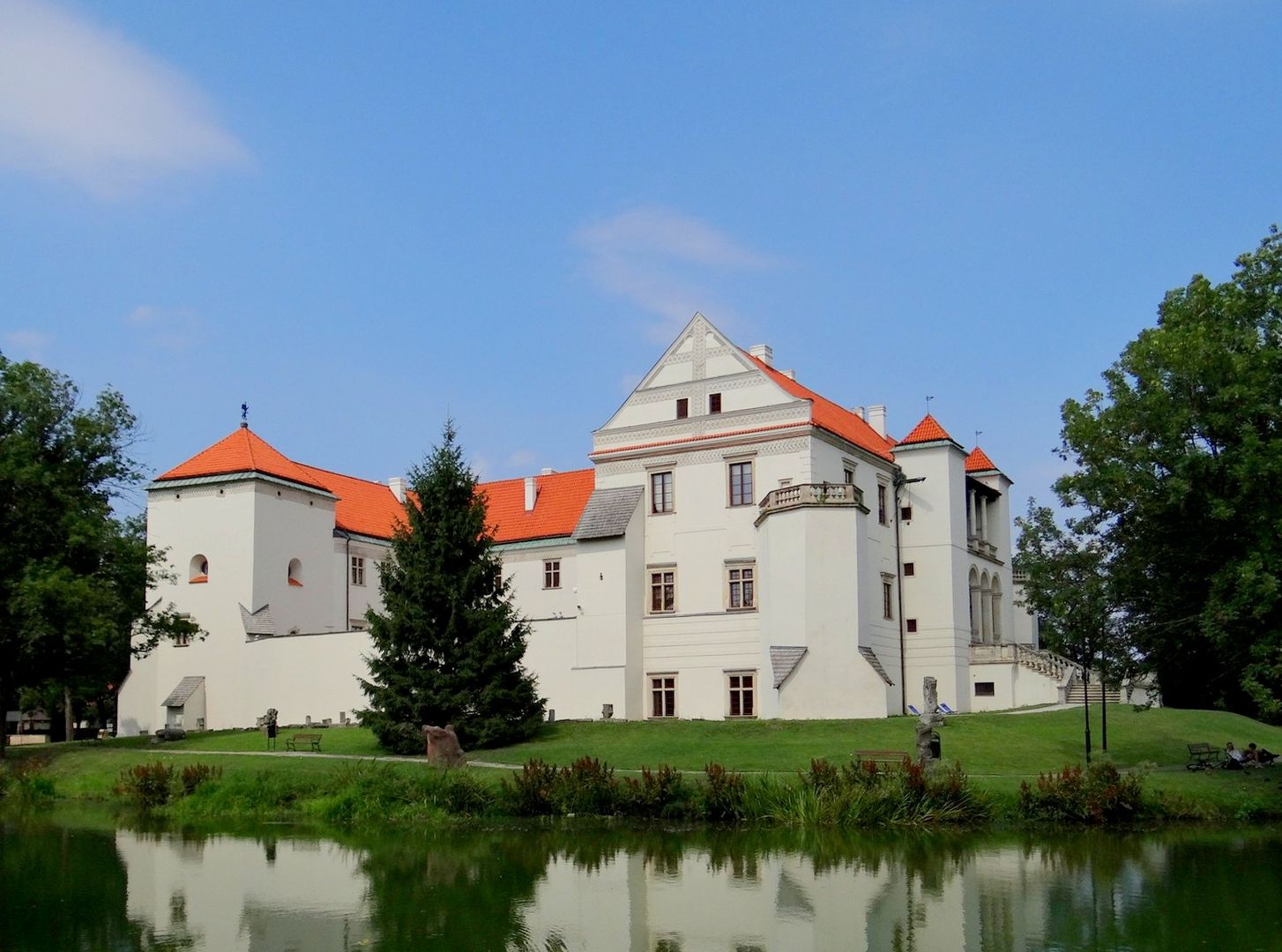Szydłowiec Castle
6.76

Overview
Szydłowiec Castle, once the residence of the Szydłowiecki and Radziwiłł families, has a rich history dating back to the 13th century, when a knight's stronghold stood in its place. Between 1470 and 1480, under the rule of Stanisław Szydłowiecki, the castle was rebuilt in the Gothic style, eventually becoming the Renaissance residence of Mikołaj Szydłowiecki. When the estate passed into the hands of the Radziwiłł family in 1548, the castle gained cultural significance, and Mikołaj Krzysztof Radziwiłł introduced numerous modernizations, including Baroque decorations and architectural changes. The castle lost its defensive character and became a magnificent residence, with an impressive eastern wing, a viewing loggia, and richly decorated interiors that still feature preserved polychromes and sgraffito ornaments. After the death of the last Radziwiłł in the 19th century, the castle passed into private hands and later to state authorities, leading to its gradual degradation. In the 1950s, its reconstruction began, resulting in the castle gaining new functions as a cultural center and museum of musical instruments. Characteristic features of the castle's architecture include Gothic and Renaissance details, such as carved portals, windows with stone frames, and sgraffito friezes. The building is surrounded by picturesque remnants of a park and impresses with its three-wing layout enclosing a courtyard with a wall. The castle's interiors are filled with historical traces, such as inscription plaques and museum-style furniture. Szydłowiec Castle is also the setting for several legends, including the story of the White Lady. Today, as a cultural center, the castle conducts various artistic activities, organizes exhibitions, and hosts cultural events.
Location
City
Szydłowiec
Tertiary Administrative Division
Szydłowiec
County
Szydłowiec County
State
Masovian Voivodeship
Country
You can also find here:
2025 Wizytor | All Rights Reserved
